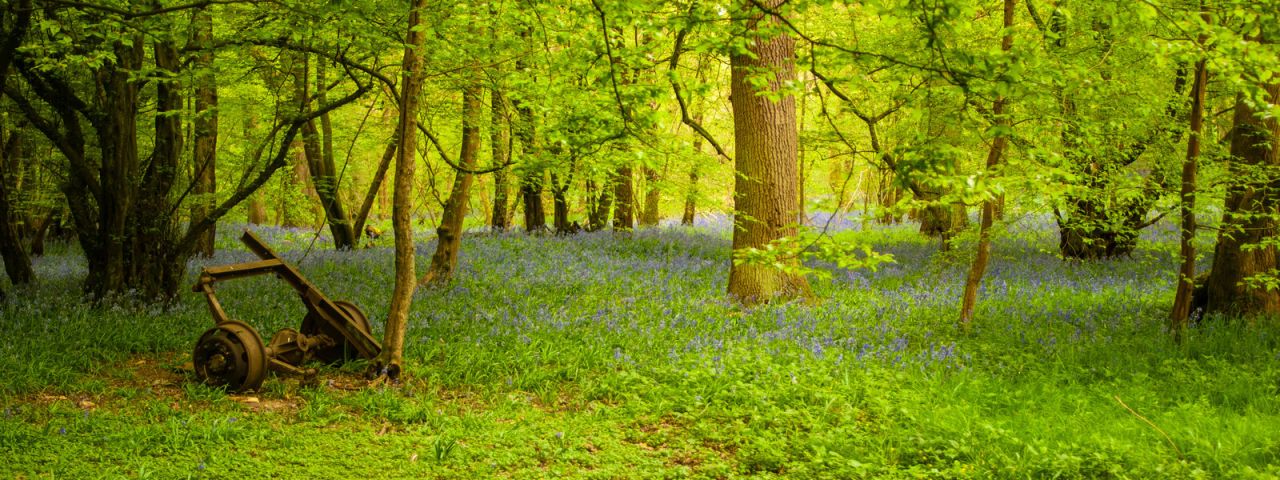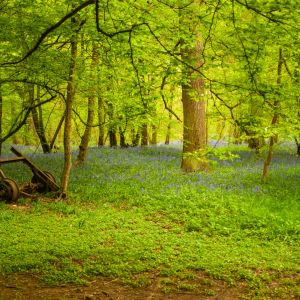Heartwood Forest
Sightseeing attraction | St Albans | England | United Kingdom
Forest area near St Albans
Heartwood Forest is an impressive woodland area near St Albans, Hertfordshire, England. Covering approximately 347 hectares, it is considered the largest continuous newly planted native forest in England. The project was initiated and implemented by the Woodland Trust.
Biodiversity in Heartwood Forest
History and Development
In 2008, the Woodland Trust acquired the area, which was previously mainly used as farmland. Over the following ten years, around 45,000 volunteers, including 17,000 school children, planted a total of 600,000 native trees such as oak, hornbeam, birch, and willow. The area was officially opened in March 2018.
Recreational activities in Heartwood Forest
Flora and Fauna
In addition to the newly planted trees, Heartwood Forest also hosts valuable relics of ancient woodland, including Langley Wood, known for its impressive spring blooms. Wildflower meadows and an arboretum showcasing all 60 native tree species of Britain have also been established, making it a unique feature in the United Kingdom.
Community projects in Heartwood Forest
Reforestation efforts have led to a remarkable increase in biodiversity. Between 2010 and 2016, the number of species living here doubled, with 87 bird species, 62 small mammal species, and 27 butterfly species documented. Even rare species such as the short-eared owl and barn owl have returned to the area.
Arboretum with native tree species
Recreation Opportunities
Heartwood Forest offers visitors a network of paths ideal for walking, cycling, and horse riding. There are three marked circular routes that lead through different habitats, including old forests, newly planted woodland areas, and wildflower meadows. A special highlight is the "Magical Meander" trail, designed specifically for families and leading through the so-called "Magical Wood."
Community Projects
Another noteworthy feature of Heartwood Forest is the community orchard, where over 600 fruit trees have been planted, including old Hertfordshire varieties of apples, pears, and cherries. This initiative not only promotes biodiversity but also strengthens the local community.




























































































































































































